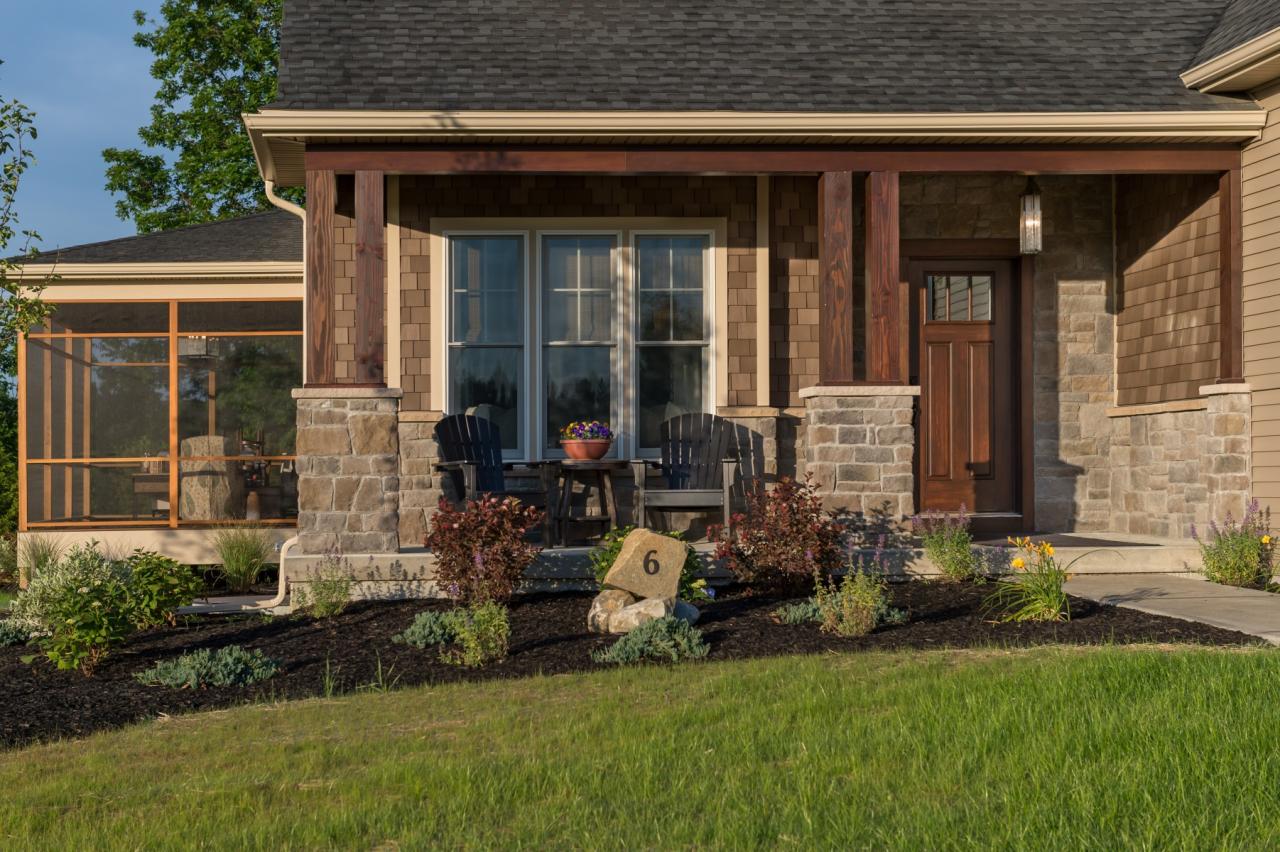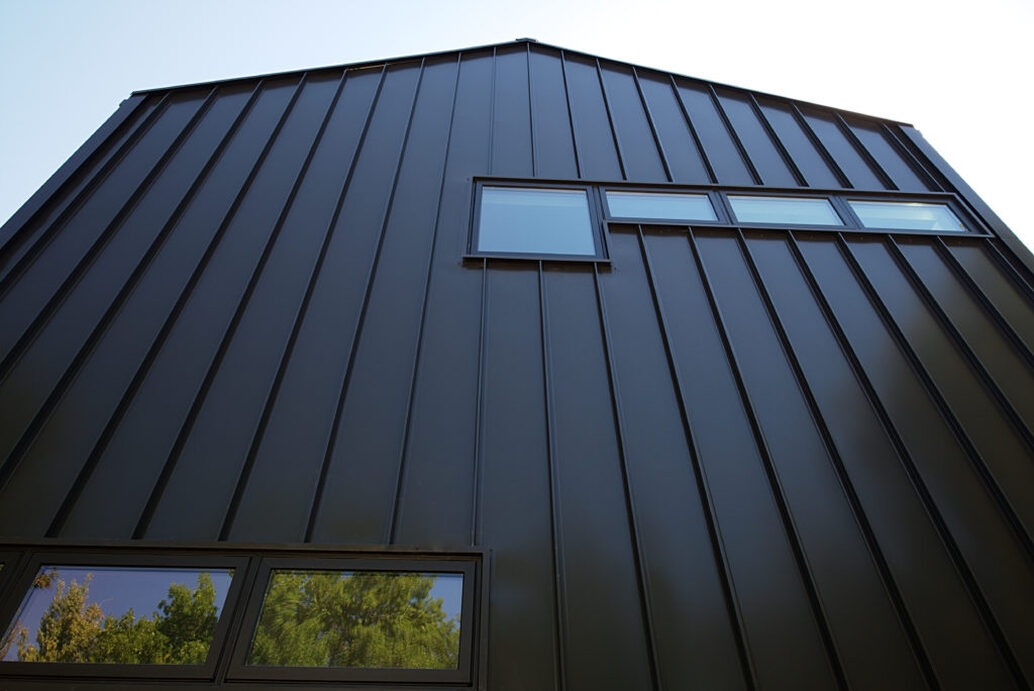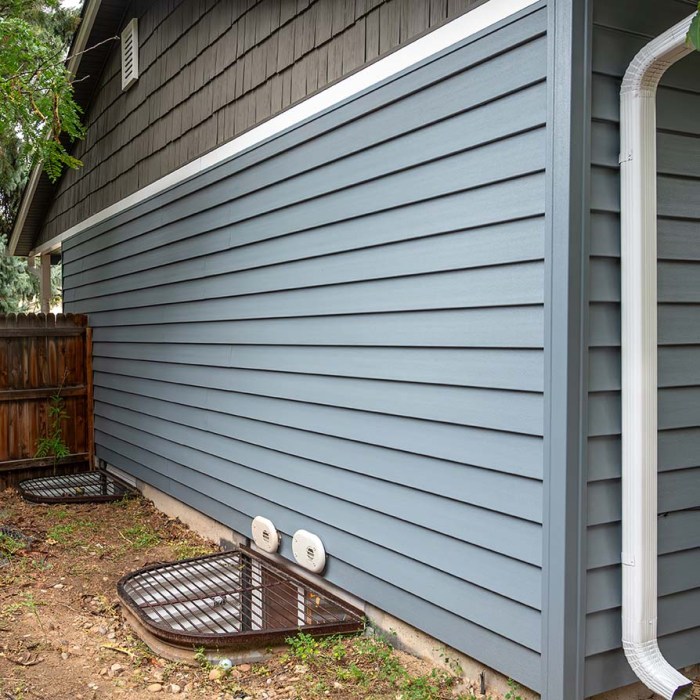The Essence of Rise Siding: A Comprehensive Guide
Rise siding emerges as a pivotal element in contemporary construction, offering a blend of functionality and aesthetics that redefine architectural landscapes. As we delve into the realm of rise siding, a tapestry of innovation and practicality unfolds, showcasing its diverse applications and impact on modern design.
Exploring the intricacies of rise siding unveils a world where tradition meets innovation, where materials and techniques converge to create structures that stand out amidst the urban backdrop.
Introduction to Rise Siding
Rise siding is a type of exterior cladding used in the construction of buildings to protect the structure from the elements and enhance its aesthetic appeal. The primary purpose of rise siding is to provide insulation, weather resistance, and durability to the building.One of the key benefits of using rise siding is its versatility in design and material options.
Rise siding can be made from various materials such as wood, vinyl, fiber cement, metal, or engineered wood, allowing for a wide range of choices to suit different architectural styles and preferences.Examples of popular rise siding materials include cedar, fiber cement, and metal panels.
Cedar rise siding offers a natural and rustic look, while fiber cement rise siding is known for its durability and low maintenance requirements. Metal panels provide a sleek and modern appearance, making them a popular choice in contemporary architecture.Rise siding has gained popularity in modern architecture due to its ability to create a clean and seamless exterior finish.
The versatility of rise siding materials, along with their durability and aesthetic appeal, has made them a preferred choice for many architects and homeowners looking to enhance the overall look and performance of their buildings.
Installation of Rise Siding
Installing Rise Siding on a building involves a step-by-step process that ensures a successful outcome. This modern siding option offers durability and aesthetic appeal, making it a popular choice for many homeowners.
Tools and Materials Required
- Rise Siding panels
- Measuring tape
- Saw
- Level
- Nails or screws
- Hammer or screwdriver
- House wrap or insulation
Proper tools and materials are essential for a smooth installation process.
Comparison with Traditional Siding Methods
- Rise Siding is easier to install compared to traditional siding methods like wood or vinyl.
- Traditional siding may require more maintenance over time, while Rise Siding is known for its durability and low maintenance.
- Rise Siding offers a sleek and modern look that may not be achievable with traditional siding options.
- While traditional siding may be cheaper upfront, the long-term benefits of Rise Siding often outweigh the initial cost.
Maintenance and Care of Rise Siding

Proper maintenance is essential to ensure the longevity and appearance of rise siding. By following some simple care guidelines, you can keep your siding looking great for years to come.
Regular Cleaning
- Regularly wash rise siding with a mild soap and water solution to remove dirt, grime, and other debris.
- Avoid using abrasive cleaners or tools that could damage the siding’s surface.
- Rinse thoroughly with water after cleaning to prevent soap residue buildup.
Inspection and Repairs
- Periodically inspect rise siding for any signs of damage, such as cracks, chips, or loose panels.
- Address any issues promptly to prevent further damage and maintain the structural integrity of the siding.
- Consider hiring a professional for more extensive repairs or if you are unsure how to proceed.
Preventing Mold and Mildew
- Keep vegetation trimmed back from rise siding to prevent moisture buildup and reduce the risk of mold and mildew growth.
- Ensure proper ventilation around the siding to promote airflow and prevent moisture retention.
- If mold or mildew does develop, use a mildew cleaner and a soft brush to gently remove it.
Preserving Appearance
- Avoid painting rise siding, as it is designed to maintain its color and finish without additional coatings.
- Regularly clean gutters and downspouts to prevent water overflow onto the siding, which can cause discoloration or damage.
- Consider applying a UV protectant coating to help prevent fading and maintain the siding’s appearance over time.
Design Trends in Rise Siding

As rise siding continues to gain popularity in architectural projects, it is important to stay updated on the latest design trends that are shaping the industry.
Innovative Use of Rise Siding
Rise siding is being creatively used to add texture and depth to building facades. Architects are experimenting with different patterns and colors to create visually striking designs that stand out.
Customization for Architectural Styles
One of the key advantages of rise siding is its versatility in customization. Whether it’s a modern, minimalist design or a traditional, rustic look, rise siding can be tailored to suit a wide range of architectural styles.
End of Discussion

Concluding our exploration of rise siding, it becomes evident that this versatile architectural element not only elevates the visual appeal of buildings but also embodies a harmonious balance between form and function. From installation to maintenance, design trends to customization, rise siding continues to shape the architectural landscape with its timeless allure and contemporary charm.
Answers to Common Questions
What are the primary benefits of using rise siding?
Rise siding offers enhanced durability, insulation, and aesthetic appeal compared to traditional siding options.
What are some common maintenance requirements for rise siding?
Regular cleaning, inspection for damage, and resealing are essential for maintaining rise siding in good condition.
How can rise siding be customized to suit different architectural styles?
Rise siding can be painted in various colors, textured, or combined with other materials to complement different architectural aesthetics.




